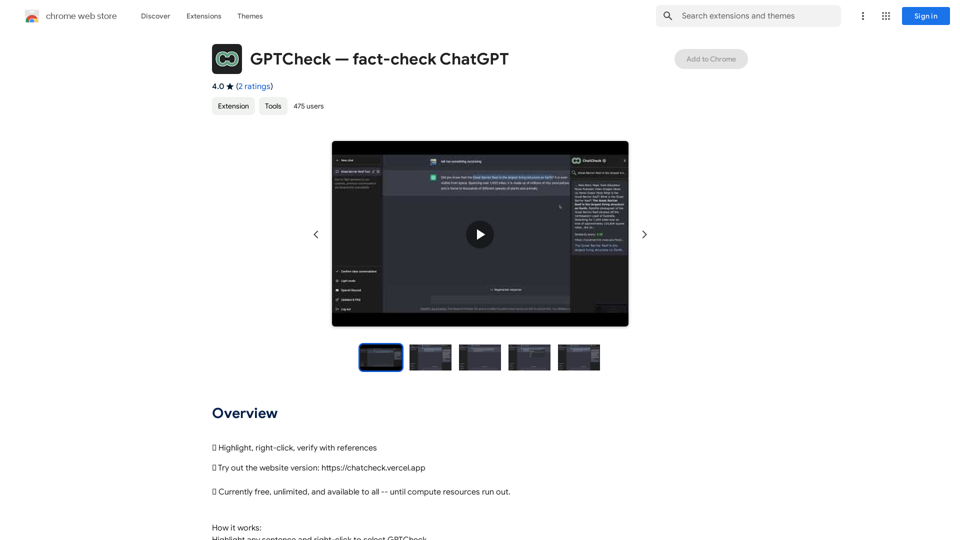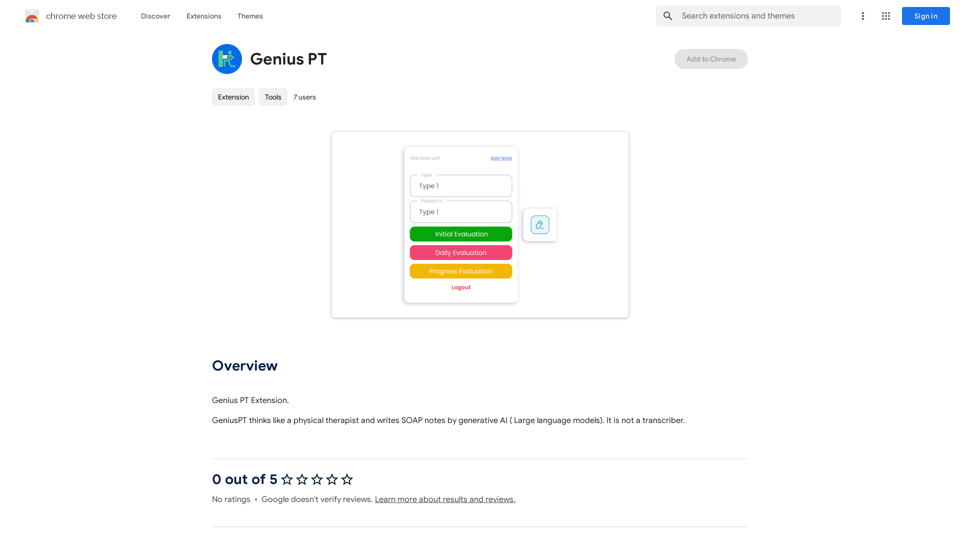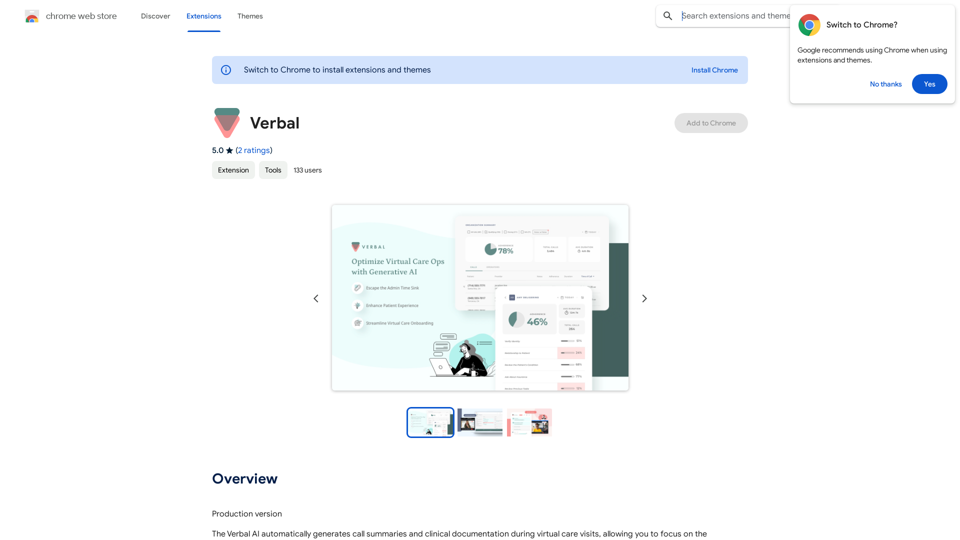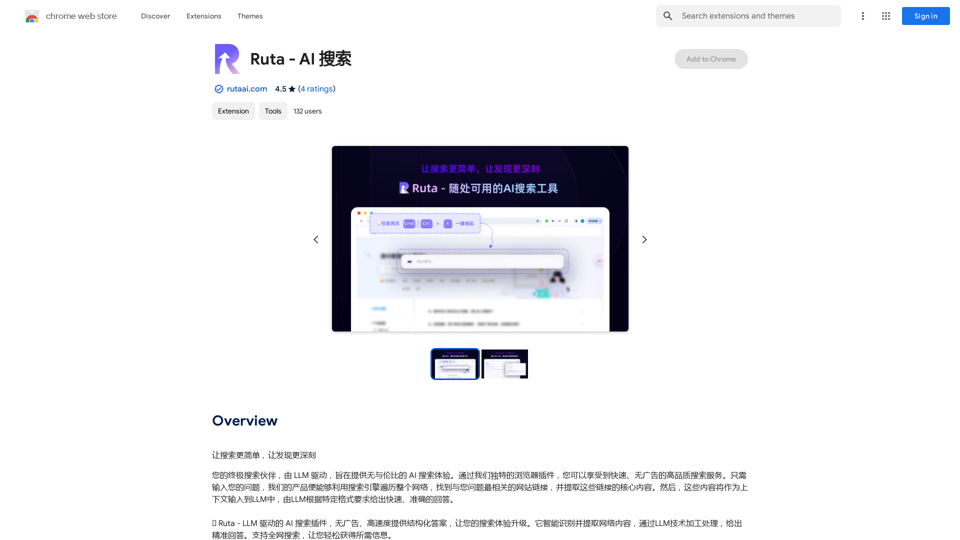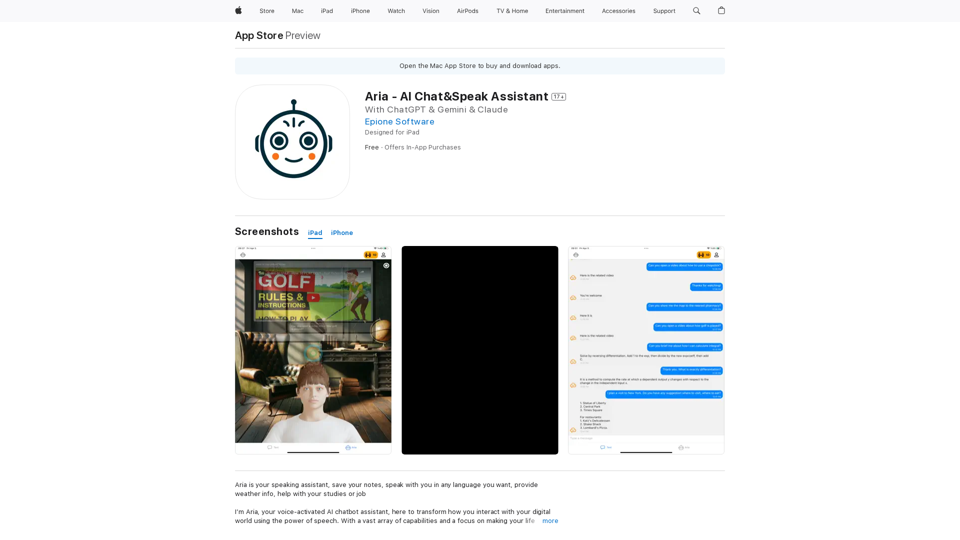Deepgram AI Transcription Tool is a free online platform that converts audio content into text. It supports over 30 languages and dialects, making it versatile for various users including students, journalists, podcasters, and professionals. The tool uses advanced AI technology to ensure accurate and reliable transcriptions, and offers an easy-to-use interface for a seamless experience.
Free Transcription Tool | Deepgram
Easily convert your conversations, audio files, or YouTube videos into text for free with our advanced transcription tool.
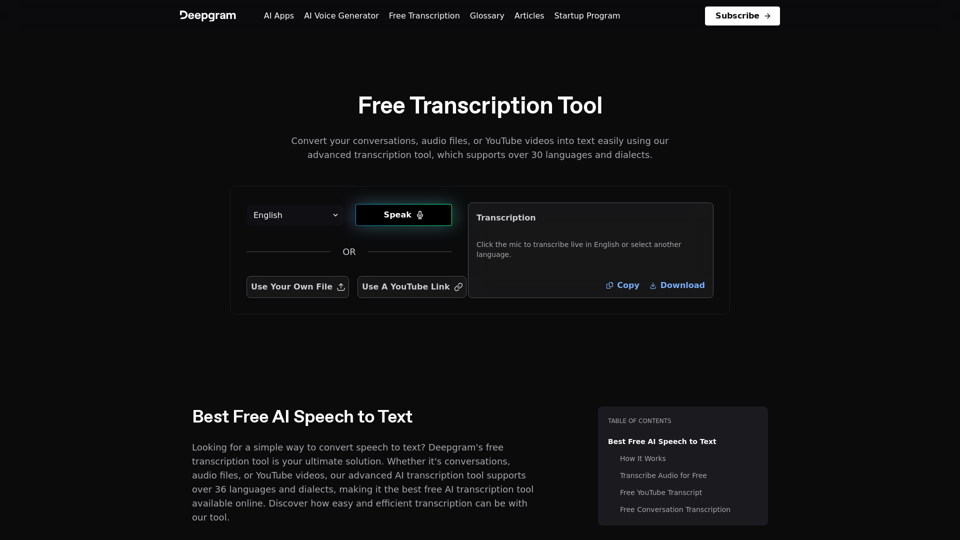
Introduction
Feature
Multi-Language Support
- Over 30 languages and dialects available
- Includes English, Spanish, French, Chinese, and many more
- Caters to a diverse global user base
Advanced AI Technology
- Ensures accurate and reliable transcriptions
- Ideal for professional use in various fields
- Handles complex audio content effectively
User-Friendly Interface
- Select language
- Choose input method (speak, upload audio, or YouTube link)
- Obtain transcript instantly
Versatile Input Options
- Live speech transcription
- Audio file upload
- YouTube video transcription
Free and Ad-Free Service
- No hidden costs or charges
- Ad-free experience for uninterrupted use
- Accessible to all users without financial barriers
Flexible Output Options
- Copy text to clipboard
- Download transcript as .txt file
- Easy integration with other applications
FAQ
Is Deepgram's transcription tool really free?
Yes, the Deepgram AI Transcription Tool is completely free to use. There are no hidden costs, charges, or advertisements, providing users with a seamless and straightforward transcription experience.
How many languages does Deepgram support?
Deepgram supports over 30 languages and dialects, making it a versatile tool for users around the world. This wide range of language options allows for diverse applications in various fields and regions.
Can I use Deepgram for live transcription?
Yes, Deepgram's AI Transcription Tool allows you to transcribe live conversations in real-time. This feature is particularly useful for meetings, interviews, or any situation where immediate text conversion is needed.
What are the input methods available for transcription?
Deepgram offers three main input methods:
- Live speech: Click the 'Speak' button to start transcribing in real-time
- Audio file upload: Convert pre-recorded audio files into text
- YouTube link: Transcribe the audio from YouTube videos directly
Latest Traffic Insights
Monthly Visits
835.16 K
Bounce Rate
40.51%
Pages Per Visit
3.47
Time on Site(s)
175.97
Global Rank
57205
Country Rank
United States 66140
Recent Visits
Traffic Sources
- Social Media:1.88%
- Paid Referrals:0.67%
- Email:0.08%
- Referrals:6.09%
- Search Engines:53.23%
- Direct:38.06%
Related Websites
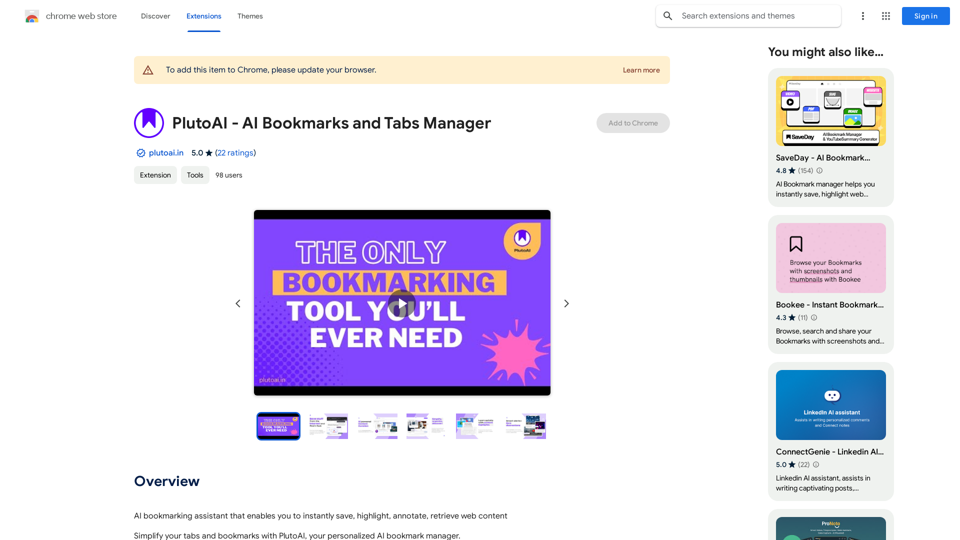
An AI-powered bookmarking assistant that lets you quickly save, highlight, add notes to, and find web pages.
193.90 M

Life is tiring, but the future "will be better" - Pokkoa AI x I Ching Insight Discovery
Life is tiring, but the future "will be better" - Pokkoa AI x I Ching Insight DiscoveryUnleash the Power of AI I Ching for Insight Discovery and Detailed Guidance
0
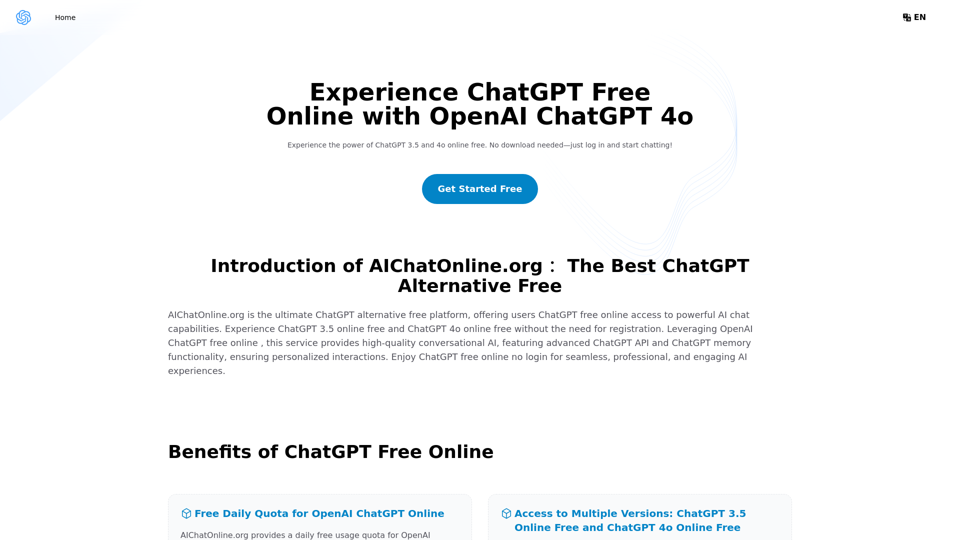
The Free Alternative to ChatGPT Powered by 4o | AIChatOnline.org
The Free Alternative to ChatGPT Powered by 4o | AIChatOnline.orgDiscover AIChatOnline.org, your ultimate platform for free online access to ChatGPT. Enjoy ChatGPT 3.5 online for free and ChatGPT 4 online for free, with no registration required. Take advantage of OpenAI's free online ChatGPT for advanced AI capabilities, including ChatGPT memory and ChatGPT API integration.
70.11 K
